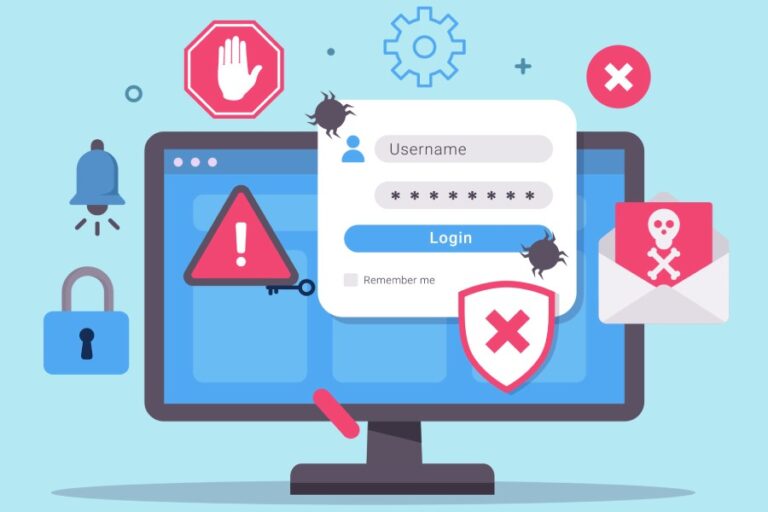What is the difference between anti-spam and DMARC?
We understand that spam emails are one of the most annoying things that you have to deal with on a daily basis, both as a user and as an email marketer. They are not just annoying because they take up unnecessary space in the inbox, but they are also a huge security threat. What might…






